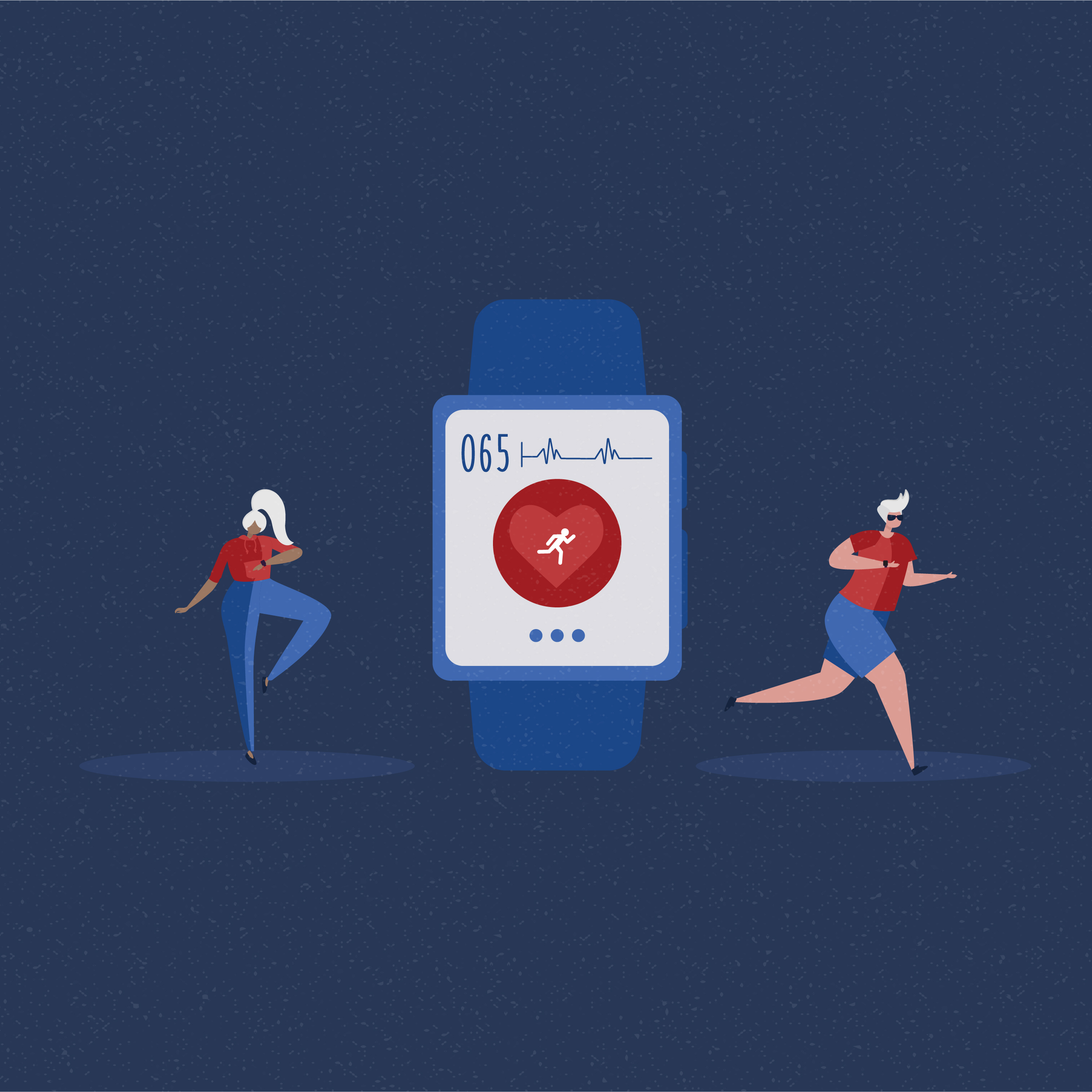When an expectant mother hears she needs a fetal echocardiogram, her own heart may skip a beat. Usually, this happens nearly halfway through a pregnancy, when a routine sonogram suggests the need to test further for a potential heart defect in the baby.
“Fetal echocardiograms are ultrasounds that are most commonly performed when there is concern for congenital heart disease,” says Philip Spevak, a Johns Hopkins pediatric cardiologist.
“We can reliably diagnose serious fetal heart problems after the 18th week of pregnancy, when the heart is about 1 inch across. When necessary, we can look earlier, near the end of the first trimester.”
Spevak directs the Center for Noninvasive Imaging of Congenital and Acquired Heart Disease at Johns Hopkins Children’s Center. Since 2017, clinicians at Sibley Memorial Hospital in Washington, D.C., and at the Children’s Center in Baltimore have used telemedicine to make it easier for Sibley patients to obtain such fetal images and results quickly. (This specialized diagnostic service is not yet available at other Johns Hopkins hospitals.)
One afternoon each week, pediatric cardiologists at the Children’s Center connect with sonographers and maternal fetal medicine specialists at Sibley to examine fetal echocardiograms while they are taking place in the Washington hospital. The cardiologists can see everything that appears on the ultrasound monitor in the exam room. The sonographer wears a headset to communicate with the cardiologists, who may request a specific image or angle of the tiny heart.
So far, more than 220 Sibley patients have used the program. When a serious heart problem is diagnosed, the attending pediatric cardiologist immediately arranges a video visit with the patient. That consultation takes place in a separate room where the patient and cardiologist can see each other using cameras and monitors. If the study is normal, the parents can be quickly reassured through a video visit.
At first, Spevak was skeptical about this approach. “I was used to face-to-face communication,” he says. “With an emotionally charged situation like fetal heart problems, I wasn’t sure telemedicine was going to be a substitute.”
Instead, he found that the technology’s ability to provide rapid results has reduced the anxiety of patients who previously might have spent days awaiting an appointment for the specialized imaging and consultation in Baltimore. Spevak says eliminating the need to travel also improves the health care experience.
He credits the program’s success to the expert sonographers and physicians at Sibley, and the information technology support from Johns Hopkins Medicine and Johns Hopkins Telemedicine. Pediatric cardiologists Benjamin Barnes and Priya Sekar share duties on the telemedicine service.



